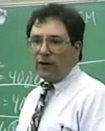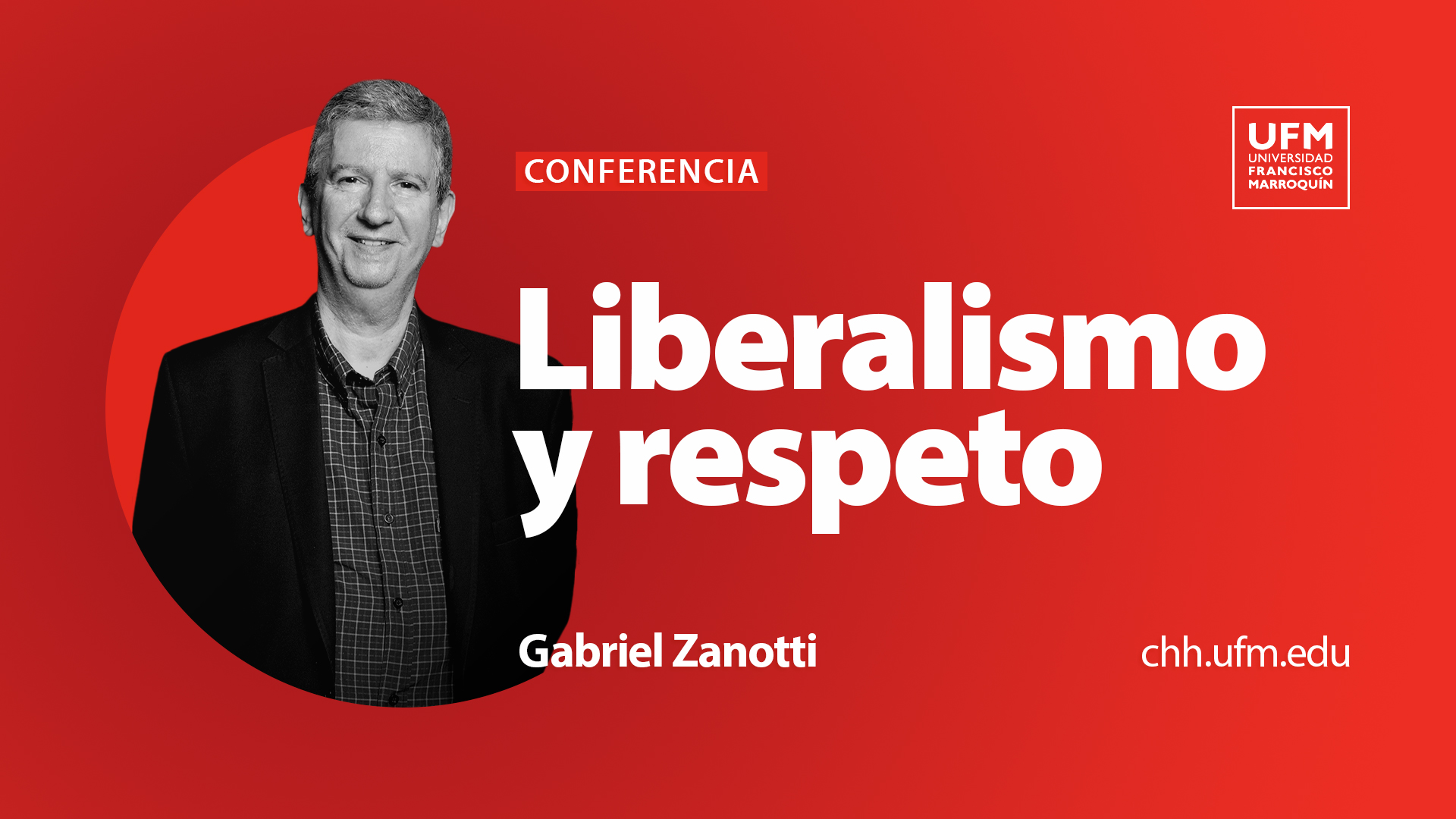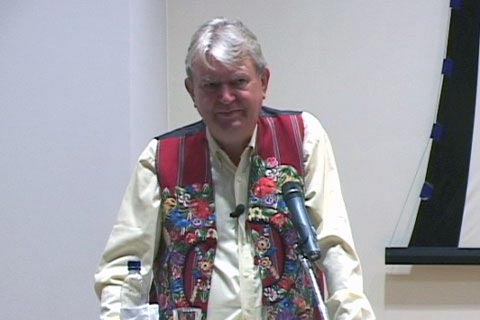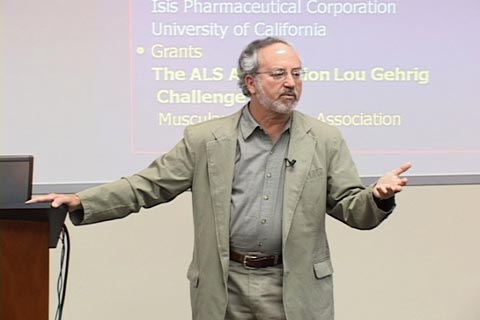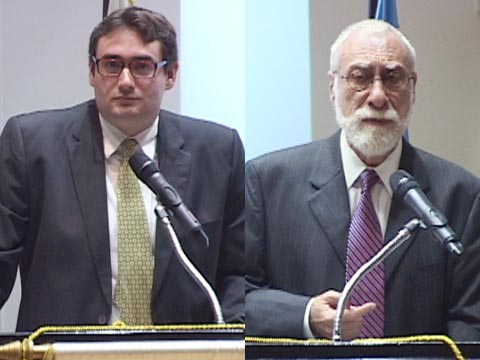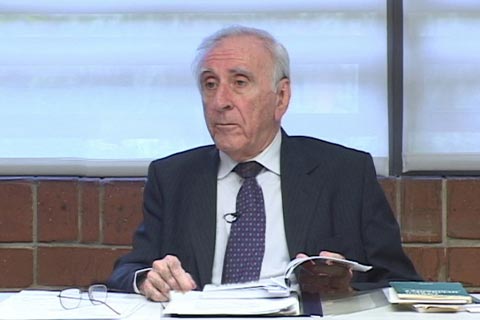About this videoIn this lecture, Dr. Michael Krauss explains how damages and liabilities are determined in contract breaches. Economic costs in three famous civil law cases are analyzed: Hadley v. Baxendale (England, 1854) deals with unforeseeable damages; Peevyhouse v. Garland Coal and Mining Co. (Oklahoma, 1962) considers expectation damages; and Jacob and Young v. Kent (New York, 1921) deals with specific contract breaches. Finally, looking at torts, Dr. Krauss analyzes the differences and similarities between strict liability and negligence rules with an economic analysis of driving speeds—there is a strong incentive to drive more carefully under the negligence rule. |
|
CreditsEconomic Analysis of Law and Public Choice (Part 6) | |





